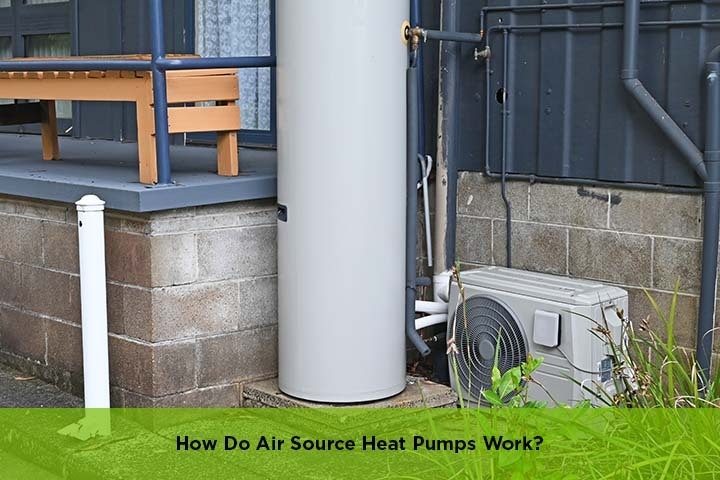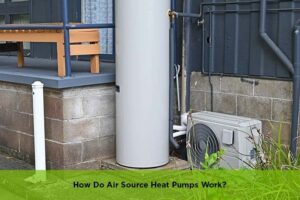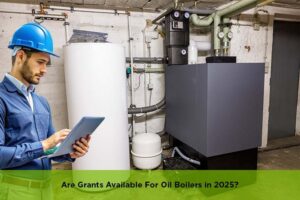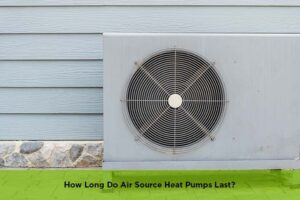Air source heat pumps have become a popular solution for heating the home. With an increase in climate change and energy efficiency of increasing concerns, many are aimed at renewable technologies to reduce energy bills and reduce the carbon footprint. But how do air source heat pumps work? In this blog, we will break the science behind Ashps and explain how they can be a great addition to your home or business.
Working Process of an Air Source Heat Pump
An air source heat pump works using a cooling cycle. It consists of four main components: a vaporist, a compressor, a capacitor, and an extension valve. These parts work together to move heat from outer air to your home.
- Heat absorption – the process begins when the evaporator absorbs heat from the outer air. Even in winter, the air has some thermal energy.
- Compression – absorbs the cold heat inside the pump and makes it gas. The compressor then increases the temperature and pressure.
- Heat transfer – hot cold, releases heat to the capacitor. This heat is transferred to the central heating system and the hot water supply.
- Expansion and repeat – the cold cools, returns to its liquid state, and passes through the expansion valve to resume the cycle.
This process allows air source heat pumps to function effectively at low external temperatures. Since they rely on the surrounding air, they require less power than traditional heating methods.
Heat Pump Efficiency
Heat pump efficiency is measured by the execution coefficient (COP). In this method each unit is used, and the pump produces three to 5 heating appliances. In the evaluation, a standard fuel boiler usually performs about 90%, as it loses some power during combustion.
Lower Energy Bills
By switching to an air source heat pump, the house owner can reduce the energy bill. These systems are especially effective when they are well dipped home. In addition, they work effectively at low temperatures, causing fallen heating or large radiator as ideal partners.
Key Benefits of Air Source Heat Pumps
- Renewable heating systems – ashps use outdoor air, an independent and renewable energy source.
- Low carbon emissions – since they use low current and fossil fuel are not burned, they help reduce carbon footprints.
- This year’s round-many air-to-researcher heat pumps also provide cooling in the summer, making them a versatile alternative.
- Minimum maintenance – these systems require less maintenance than traditional boilers.
- Long-lifetime heat pumps can last up to 15-20 years of proper care.
Considerations for Heat Pump Installation
Home Insulation
For optimal performance, a house must have the right insulation. Since heat pumps work at lower temperatures than traditional boilers, well-cut walls, floors, and ceilings help maintain the heat.
Space Requirements
An air source heat pump requires external installation space. However, the unit is usually outside the house, either mounted on a wall or located on the ground.
Heating System Compatibility
These pumps work best with low-temperature heating systems such as heating or large radiators. Standard radiators may require upgrading for better efficiency.
Noise Levels
Modern summer pumps are calmly compared to older models, but they create some noise. However, choosing a suitable place away from windows or bedrooms can reduce disturbances.
Common Misconceptions About Air Source Heat Pumps
1. Heat Pumps Don’t Work in Cold Climates
Modern air sources are also designed to function effectively in low temperatures such as heat pumps at -15 ° C (5 ° F). Moreover, advance technology ensures that they can still extract heat from the air in the excessive cold.
2. They Are Too Expensive
While the original heat pump installation cost exceeds a traditional boiler, prolonged energy savings, and state incentives make them a cost-effective investment.
3. They Don’t Provide Enough Heat
Suitable size and installed heat pumps can effectively heat a house and provide warm water. However, it is important to ensure proper setup for maximum efficiency.
Final Thoughts
An air source heat pump is a smart heating solution for energy shears. They provide excellent heat pump efficiency, low operating costs, and environmental benefits. However, they end up even more green, making them a brilliant alternative for the owners of the house on the lookout for a permanent heating answer. With proper setup and protection, an air supply heat pump can provide reliable, renewable warmness for years.
Frequently Asked Questions (FAQs)
Installation usually takes 2-3 days, depending on the complexity of the system and whether rays or insulation are necessary.
In most well-image homes, a heat pump alone is sufficient. In extremely cold climates, however, a backup system may be recommended.
Yes, heat pumps in the air to quarter can supply hot water for rain, bathroom, and household. Although a separate hot water tank may be required.
It requires minimum maintenance. The homeowner should clean the filter and ensure that the outer unit is ready from the debris. However, a professional check is appropriate once a year.
Most homes may benefit from heat pumps, but older houses with poor insulation may require upgrading to maximize efficiency.








